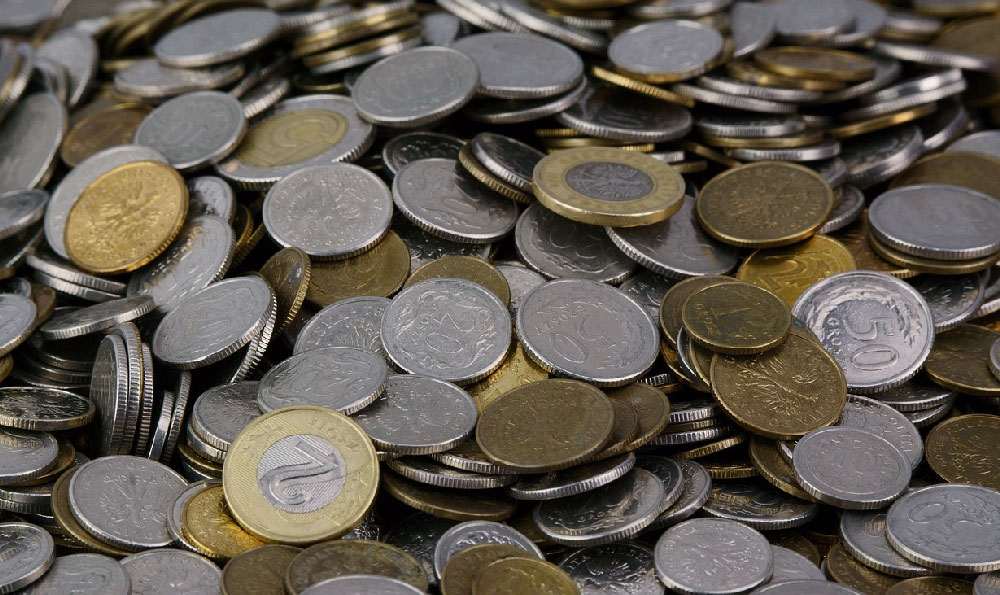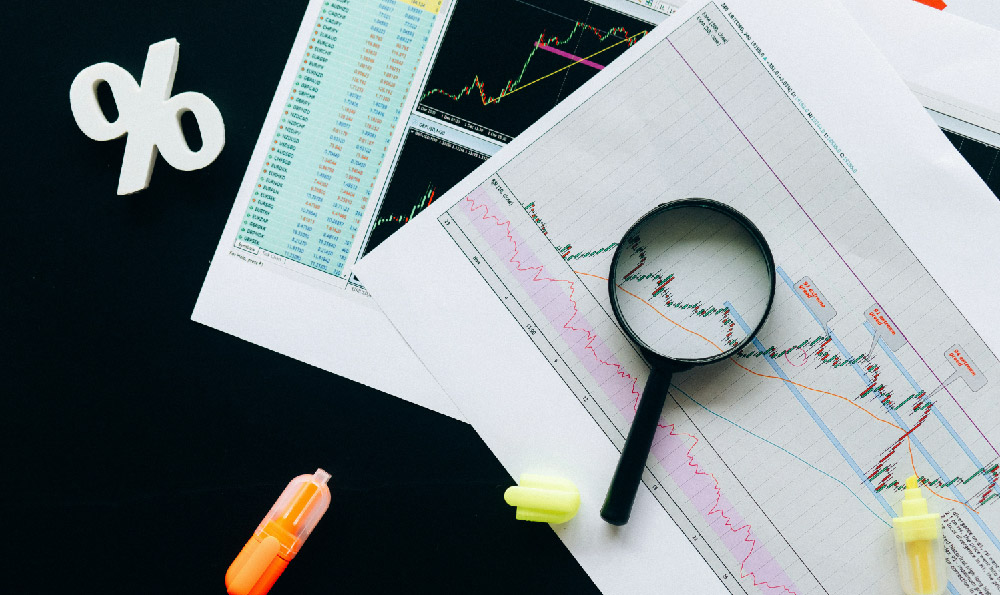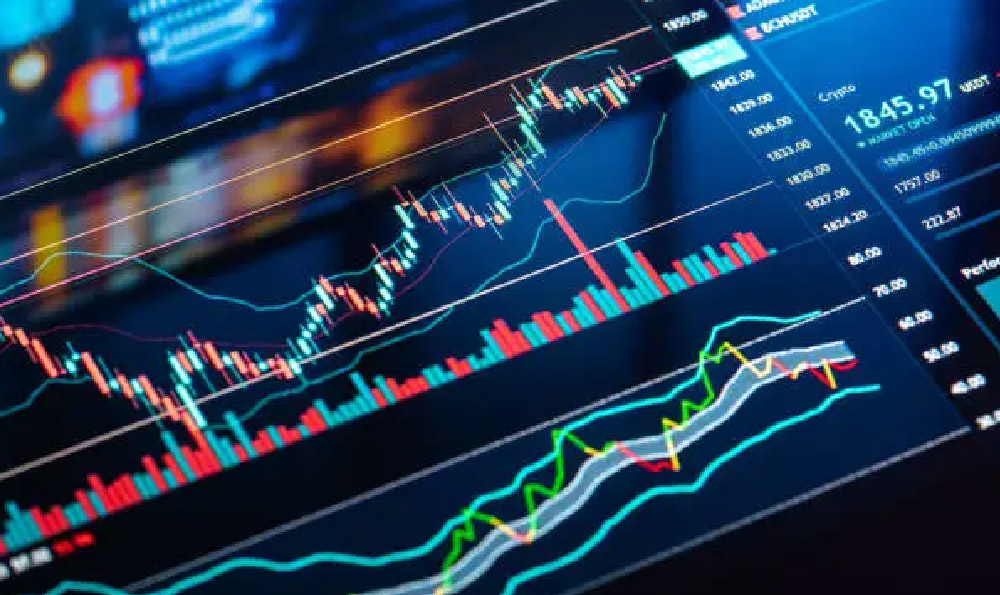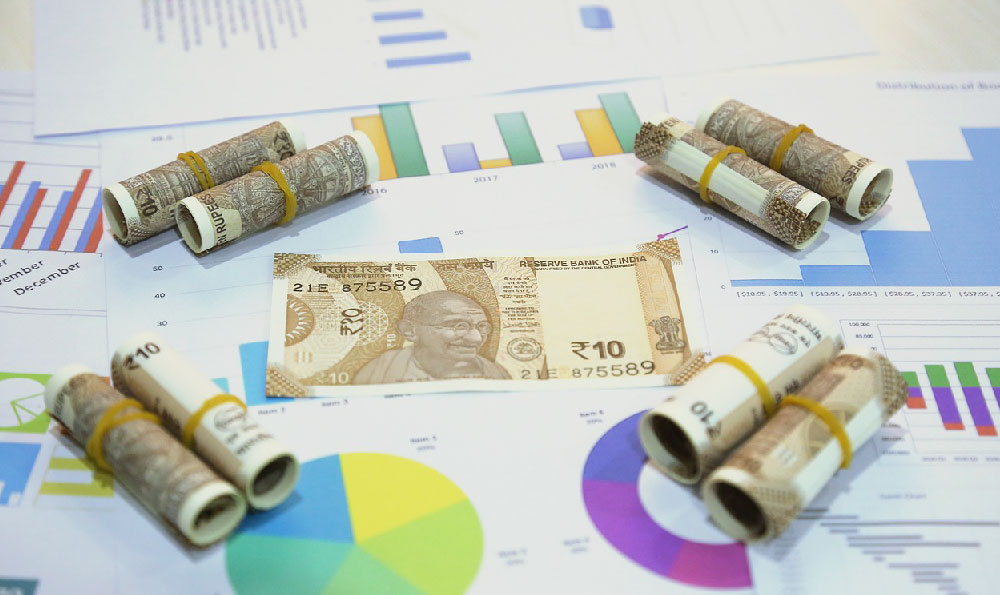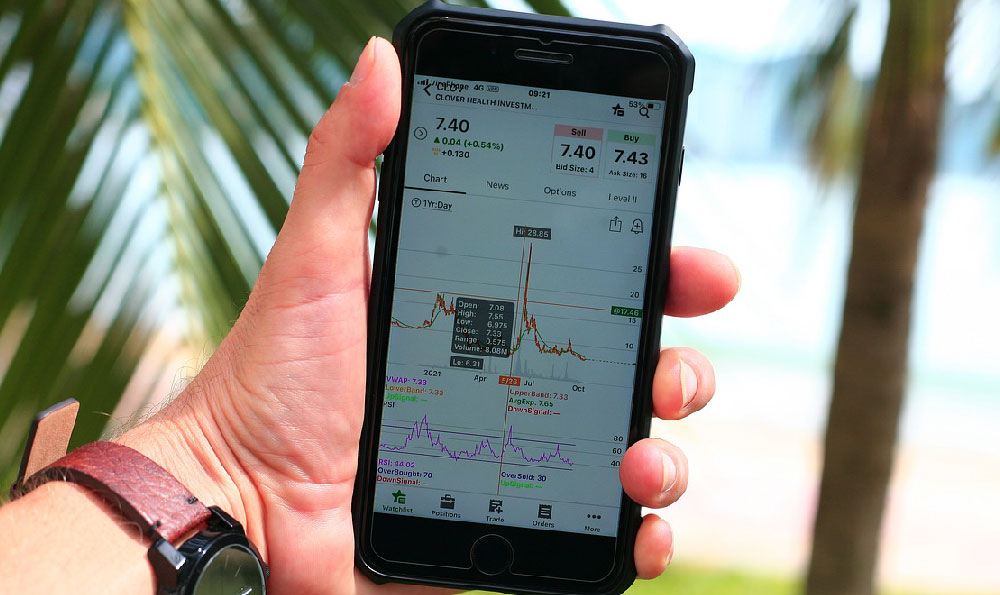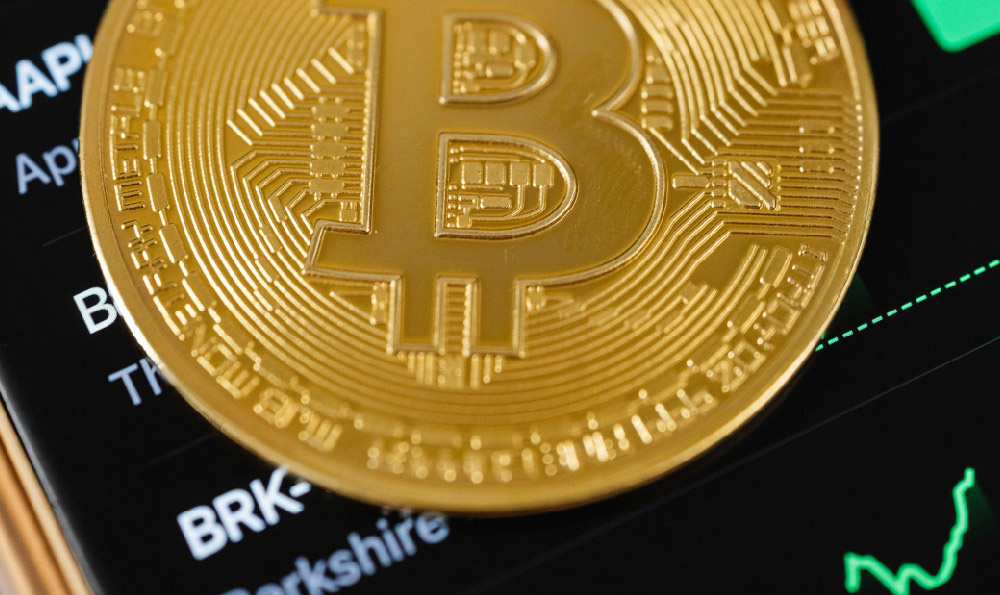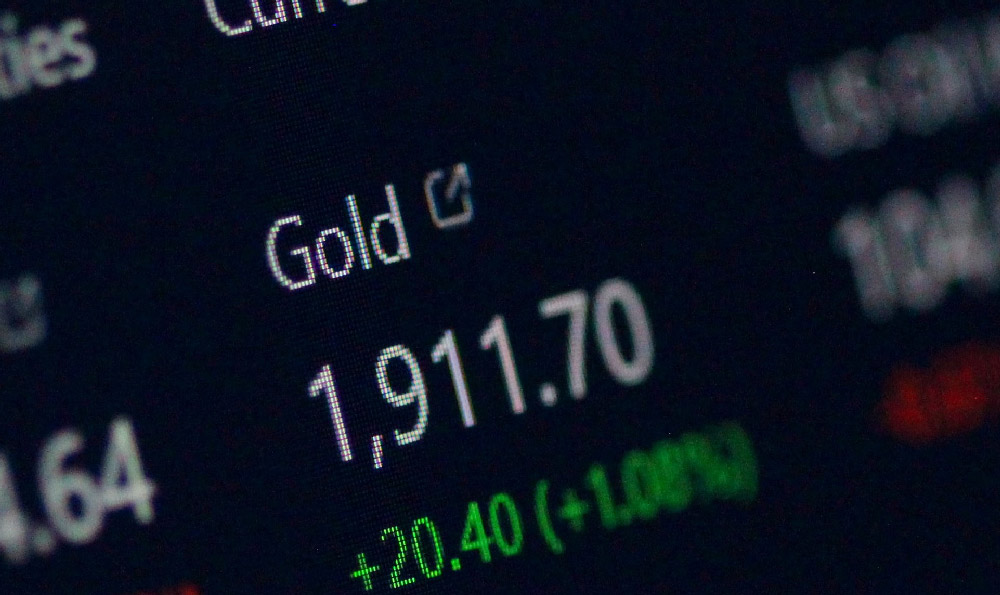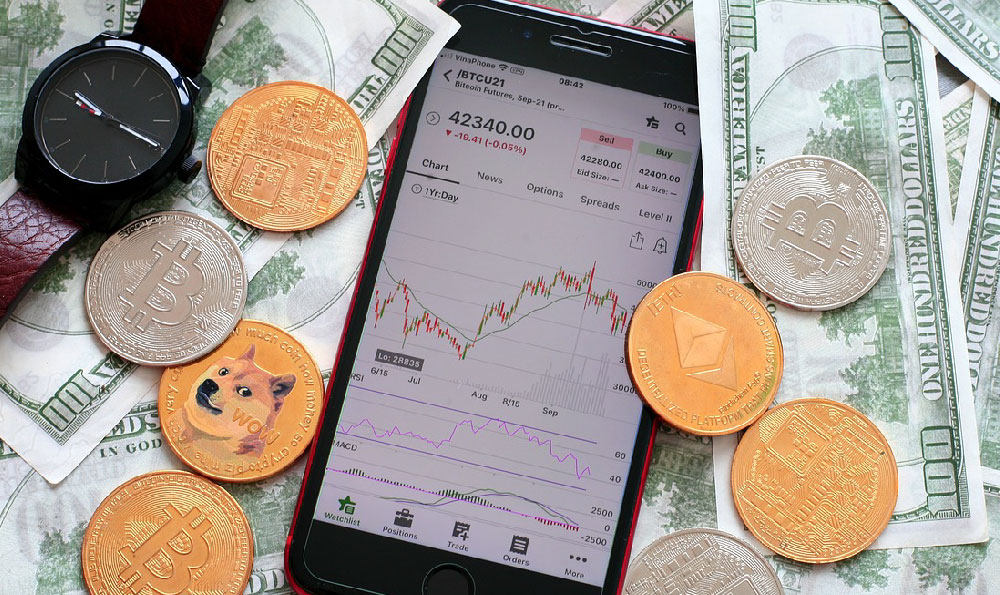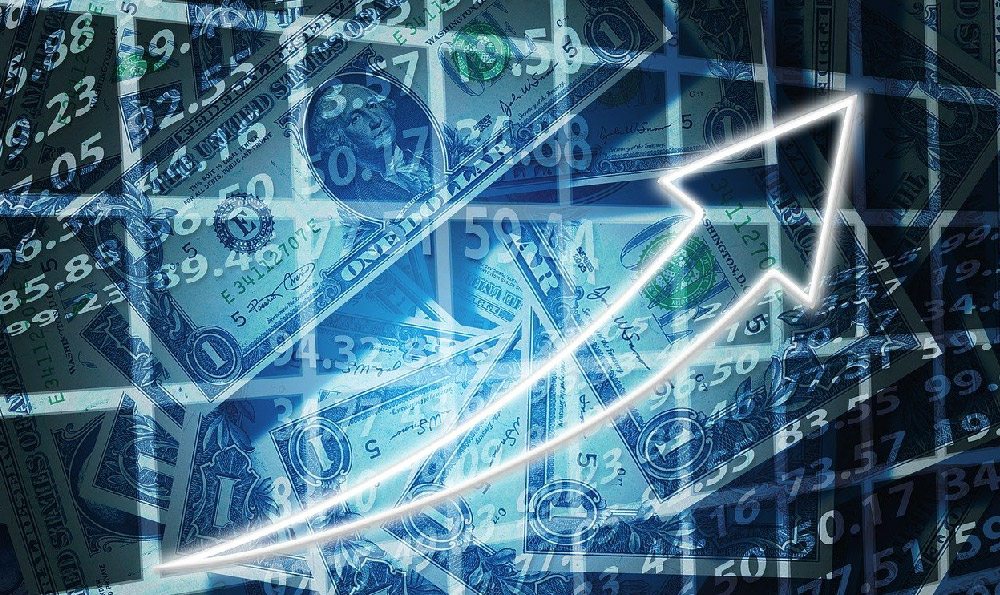How to Create Fake Money? Is It Legal?
Creating fake money, also known as counterfeiting, is a serious crime with severe legal consequences across the globe. While the technical aspects of how it might be done could be discussed, it's crucial to understand from the outset that engaging in such activities is illegal and unethical. This discussion will delve into hypothetical methods while consistently emphasizing the legal ramifications.
Hypothetically, counterfeiting involves replicating genuine currency with the intent to deceive. This requires a deep understanding of the security features embedded in genuine banknotes and coins. These features are constantly evolving as technology advances, making successful counterfeiting increasingly difficult.
Let's first consider banknotes. Modern banknotes incorporate a multitude of security measures designed to prevent forgery. These include:
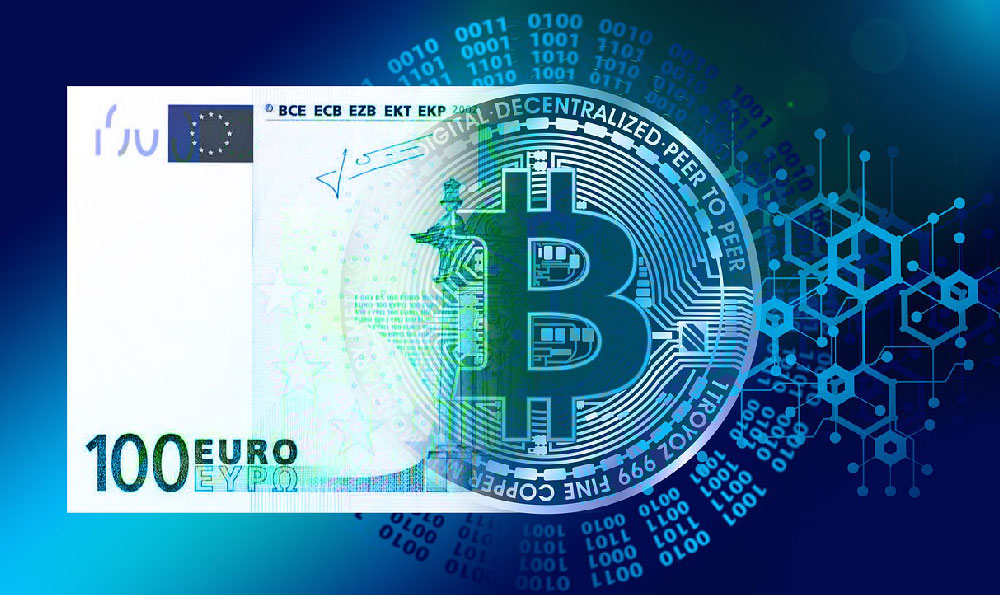
-
Paper Composition: Real currency paper is typically made from a blend of cotton and linen fibers, not wood pulp like ordinary paper. This gives it a distinctive feel and texture. Counterfeiters often struggle to replicate this specific composition, as obtaining the correct materials can be difficult and expensive.
-
Watermarks: Watermarks are translucent images embedded within the paper itself during the manufacturing process. They are visible when held up to the light. Replicating watermarks convincingly requires specialized equipment and expertise.
-
Security Threads: These are thin, often metallic or iridescent, threads woven into the paper. They might be visible on the surface or embedded within the paper. Some security threads contain microprinting that is difficult to reproduce accurately.
-
Microprinting: This involves printing tiny text that is difficult to read without magnification. Counterfeiters often struggle to reproduce microprinting with sufficient clarity and sharpness.
-
Intaglio Printing: This is a printing technique that creates raised or recessed areas on the banknote, giving it a tactile feel. Replicating intaglio printing requires specialized printing presses and expertise.
-
Holograms: Holographic images shift and change color when viewed from different angles. These are particularly difficult to counterfeit due to the complex optical technology involved.
-
Special Inks: Currency inks are often formulated with unique pigments and additives that are difficult to obtain and replicate. These inks may exhibit properties like metamerism (appearing different colors under different light sources) or fluorescence (glowing under ultraviolet light).
To even attempt replicating these features, a counterfeiter would need access to sophisticated equipment, including high-resolution scanners and printers, specialized paper, inks, and potentially even embossing machines. The costs associated with acquiring this equipment alone would be substantial.
Now, consider coins. Counterfeiting coins presents a different set of challenges. Key aspects include:
-
Metal Composition: Genuine coins are typically made from specific alloys with precise compositions. Replicating the exact alloy composition is crucial to match the coin's weight, color, and electrical conductivity.
-
Minting Process: Coins are typically minted using high-pressure presses that create sharp, well-defined designs. Counterfeiters may attempt to cast or electroplate coins, but these methods often produce inferior results with less detail.
-
Edge Lettering or Serrations: Many coins have intricate lettering or serrations around the edge, which are difficult to replicate accurately.
-
Magnetic Properties: Some coins are made from materials with specific magnetic properties, which can be used to detect counterfeits.
A counterfeiter attempting to replicate coins would need access to metalworking equipment, including melting furnaces, casting molds, and potentially minting presses. They would also need to acquire the correct metals and alloys, which could raise suspicion.
Even with access to the necessary equipment and materials, producing convincing counterfeits is extremely difficult. Law enforcement agencies and central banks are constantly developing new methods to detect counterfeit currency, including sophisticated scanning devices, ultraviolet light detectors, and chemical analysis techniques.
Moreover, the penalties for counterfeiting are severe. In many countries, counterfeiting can result in lengthy prison sentences and substantial fines. For instance, in the United States, counterfeiting is a federal crime punishable by up to 20 years in prison and a fine of up to \$250,000. Similar penalties exist in other countries around the world.
Beyond the legal consequences, counterfeiting carries significant ethical implications. It undermines trust in the financial system, harms businesses and individuals who unknowingly accept counterfeit currency, and can contribute to economic instability. It is important to note that even possessing counterfeit money with the intention of using it can be a crime, even if you didn't produce it yourself.
In conclusion, while it is theoretically possible to describe how someone might attempt to create fake money, it's crucial to understand that doing so is illegal, unethical, and extremely risky. The costs and challenges associated with counterfeiting are substantial, and the potential consequences are severe. Instead of pursuing such a dangerous and illegal path, individuals should focus on legitimate ways to earn and manage their money. There are numerous resources available to help people improve their financial literacy, find employment, and start businesses. Pursuing these avenues is far more likely to lead to long-term financial stability and success than engaging in criminal activities like counterfeiting. Therefore, I strongly advise against any involvement in counterfeiting and urge anyone considering such actions to seek legal and ethical alternatives.

